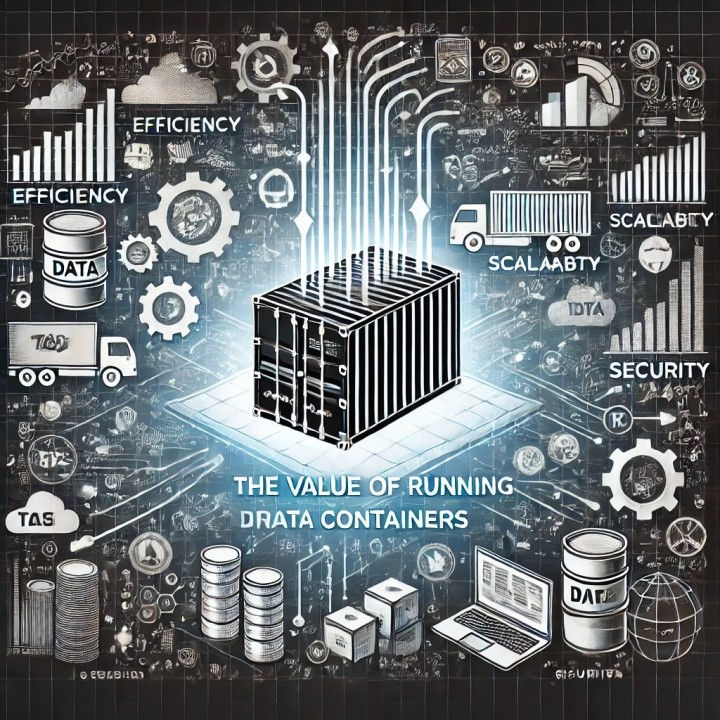
In this article, I substitute the term data transfer for the following: APIs, MFT and B2B.
In the digital age, the secure and efficient transfer of files is a foundational requirement for businesses of all sizes. Data transfer platforms play a pivotal role in ensuring data is transmitted seamlessly and securely between systems, partners, and customers. However, with the rise of containerization, the question emerges: Is there value in running data transfer within containers? The answer is a resounding 'yes'. This article delves into the inherent benefits of leveraging containers for data transfer.
1. Flexibility & Scalability
One of the chief advantages of containers is their ability to scale with ease. When traffic surges or demands increase, data transfer services running in containers can automatically scale out to handle the increased load, and scale back down when no longer needed. This dynamic scalability ensures efficient use of resources and optimal performance at all times.
2. Rapid Deployment & Consistency
Containers encapsulate all the dependencies an application needs to run. This means that data transfer solutions can be quickly deployed across various environments—be it development, staging, or production—with a guarantee of consistent behavior. This uniformity reduces the "it works on my machine" problem, streamlining development and deployment cycles.
3. Cost Efficiency
By running data transfer in containers, businesses can make better use of their underlying infrastructure. Containers are lightweight and allow for efficient resource utilization. Instead of provisioning whole VMs for separate data transfer instances, multiple containerized instances can run on the same host, leading to cost savings in infrastructure and maintenance.
4. Improved Security
Containers can enhance security by isolating the data transfer processes from other applications and processes. This isolation limits the potential blast radius should a security incident occur. Moreover, ephemeral containers can be spun up for a single-use purpose and terminated afterward, minimizing the window of opportunity for any malicious activity.
5. Easy Versioning & Rollbacks
Containers support easy versioning of applications. If an data transfer upgrade introduces issues, rollbacks to previous versions can be done swiftly. This ensures that businesses can always maintain a stable and functional data transfer service.
6. Seamless Integration with CI/CD Pipelines
Modern development processes emphasize continuous integration and continuous deployment (CI/CD). Containerized data transfer solutions can be integrated into CI/CD pipelines, ensuring that updates, patches, or new features are automatically built, tested, and deployed, leading to faster innovation and response to business needs.
7. Portability Across Environments
Whether you're running on-premises infrastructure, in the cloud, or in a hybrid environment, the portability of containers ensures that the data transfer solution can be deployed consistently across various platforms. This flexibility is vital for businesses looking to diversify their infrastructure or move towards cloud-native solutions.
8. Enhanced Monitoring & Logging
Container orchestration tools like Kubernetes offer built-in solutions for monitoring container health, logging activities, and alerting anomalies. These features give businesses a holistic view of their data transfer’s performance and any potential issues that arise.
In Summary
While traditional data transfer solutions have served businesses well, the container revolution presents an opportunity to further enhance, secure, and optimize file transfer processes. By moving data transfer to containers, businesses can not only leverage the inherent benefits of containerization but also future-proof their data transfer infrastructure in a world that's swiftly going cloud-native.
By David Heath
Comments